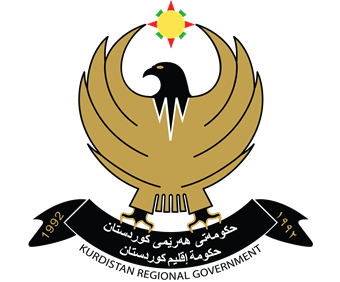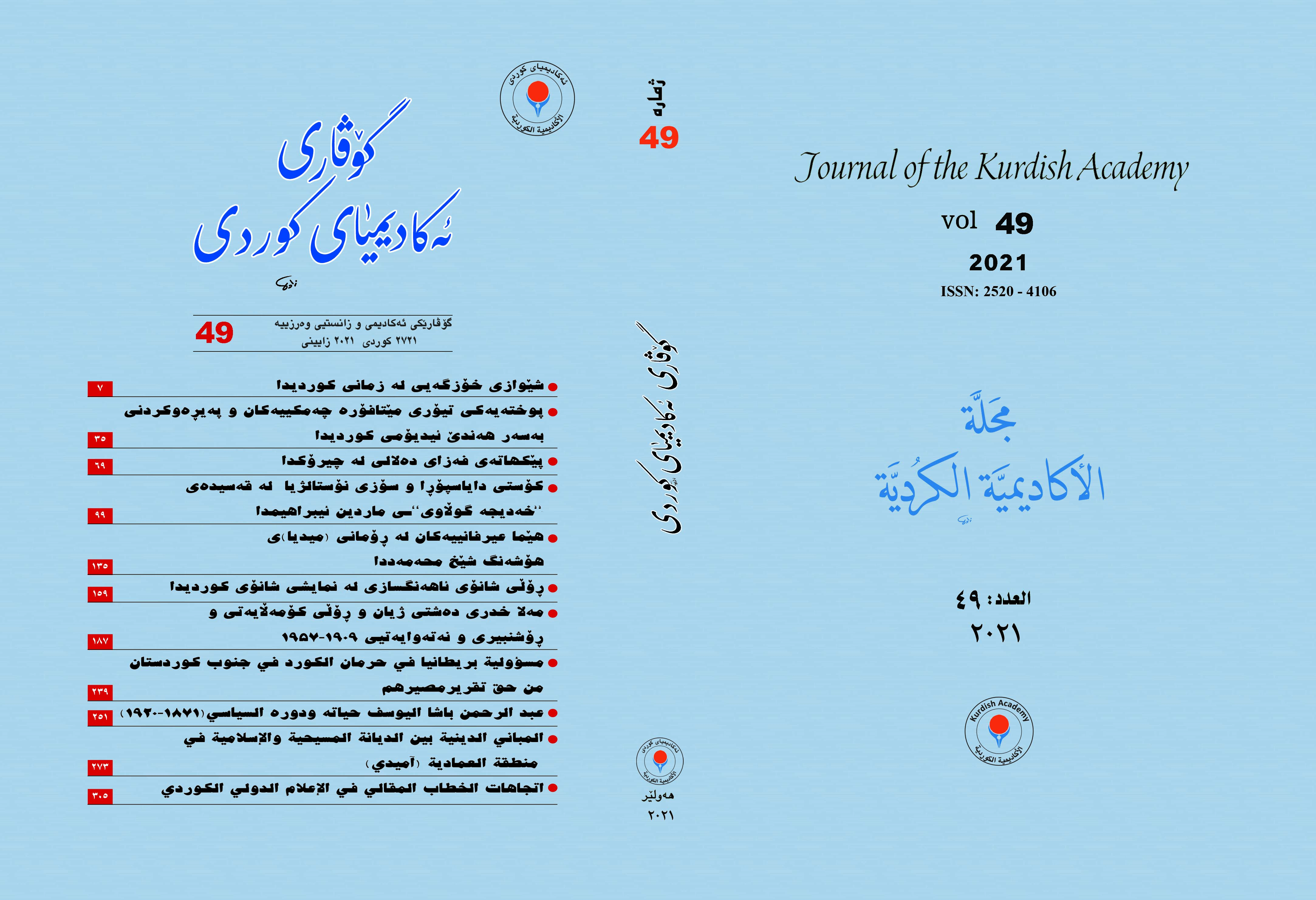پوختەیەکی تیۆری مێتافۆرە چەمکيیەکان و پەیڕەوکردنی بەسەر هەندێ ئیدیۆمی کوردیدا
DOI:
https://doi.org/10.56422/ka..49.50Keywords:
مێتافۆری چەمکیی، ئیدیۆمی کوردی، تیۆری مێتافۆرە چەمکییەکانAbstract
Idioms form the catalyst of every language since they carry more meanings in addition to their basic meanings. These additional meanings are the outcome of accumulated experience and daily interaction of humans with themselves and their surroundings. Moreover, idioms reflect geographical, religious and historical characteristics of humans as well as their patterns of thought and social relations.
Despite the fact that idioms have received special attention from linguists, traditional linguistics has only explored them from the syntactic, semantic and pragmatic aspects considering them mostly as being fixed and inseparable. Against this perspective, the cognitive theory takes a radically different view about idioms as it sees it as a conceptual metaphor and every instance of conceptual metaphor is accounted for in terms of a conceptual mapping between the source domain and a target domain.
The current study is made up of seven parts organized as follows:part one is an introduction to the theory of conceptual metaphor theory. Part two defines the concept of conceptual metaphor while part three deals with the experiential basis of conceptual metaphors. Part four discusses metaphorical mapping between source domain and target domain. Part five classifies the conceptual metaphors in the light of Lakoff and Johnson’s theory. Part six presents the application of the theory to Kurdish idioms while the final section summarizes the conclusions drawn from the study.
Some outstanding conclusions from the study include: traditional linguistics views idioms as words and as a linguistic phenomenon while cognitive linguistics views them as conceptual metaphors. Another point is that Kurdish idioms can also be classified into structural, ontological and orientational metaphors and that the same experiential and physical bases for metaphorical mappings can also be specified for the Kurdish idioms.





